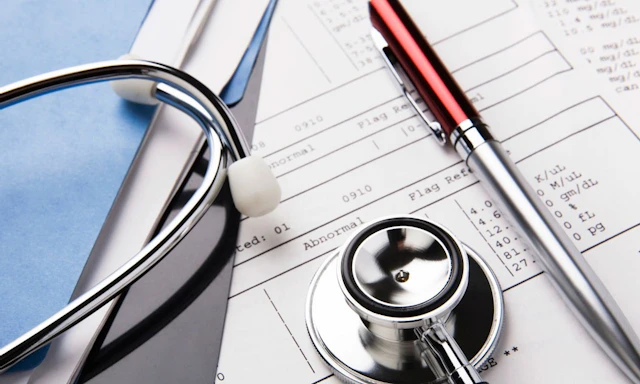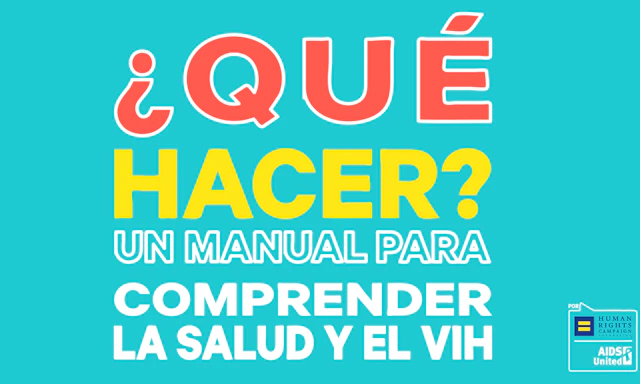
Cookies in use
How HIV Impacts LGBTQ+ People

While HIV affects Americans from all walks of life, the epidemic continues to disproportionately impact certain members of the LGBTQ+ community.
Overview
HIV continues to be a major public health crisis both in the United States and around the world. While major scientific advances have made it easier than ever to prevent and treat HIV, there remains no vaccine or cure, and tens of thousands of people continue to contract HIV every year. Insufficient funding for public health programs, ideological opposition to common sense prevention policies, and societal barriers like stigma and discrimination, have made it especially difficult for us to turn the tide against the epidemic. Together, HRC and the HRC Foundation are committed to working with our friends, partners, members, and supporters to end the dual epidemics of HIV and HIV-related stigma.
HIV disproportionately impacts segments of the LGBTQ+ community.
According to the U.S. Centers for Disease Control and Prevention (CDC), there are 1.2 million people living with HIV (PLWH) in the United States, and approximately 40,000 people were diagnosed with HIV in 2015 alone. While the annual number of new diagnoses fell by 19% between 2005 and 2014, progress has been uneven. For example, gay and bisexual men made up an estimated 2% of the U.S. population in 2013 but 55% of all PLWH in the United States. If current diagnosis rates continue, 1 in 6 gay and bisexual men will be diagnosed with HIV in their lifetime. For Latino and Black men who have sex with men, the rates are in 1 in 4 and 1 in 2, respectively.
Transgender people have also been hit especially hard by the epidemic despite comprising a similarly small percentage of the U.S. population. While better data is needed to understand the full impact of HIV on the transgender community, one international analysis found that transgender women in certain communities have 49 times the odds of living with HIV than the general population. Although HIV prevalence among transgender men is relatively low (0-3%) according to the CDC, some data suggest transgender men may still yet be at elevated risk for HIV acquisition.
Discrimination against LGBTQ+ people makes us particularly vulnerable to HIV.
In most states, it is perfectly legal to discriminate against someone on the basis of their sexual orientation or their gender identity in one or more aspects of their life, including employment, housing, and public accommodations. Explicit non-discrimination protections based on sexual orientation or gender identity do not exist at the federal level either.
Dealing with the potential consequences of bias and discrimination – job loss, homelessness, lack of healthcare insurance – often results in LGBTQ+ people engaging in behaviors that facilitate the spread of HIV. For example, in the face of persistent employment discrimination, many transgender women are left with few other options but to engage in survival sex work in order to meet their most basic needs. According to a 2015 survey of more than 27,000 transgender people, “The rate of HIV [diagnosis] was...five times higher among those who have participated in sex work at any point in their lifetime” than among those who have not.
Anti-LGBTQ+ bias further enables the spread of HIV by discouraging many in our community from getting tested or treated for HIV for fear of harassment. A 2014 Kaiser Family Foundation survey of gay and bisexual men in the U.S. found that 15% of them had received poor treatment from a medical professional as a result of their sexual orientation, and least 30% did not feel comfortable discussing their sexual behaviors with a healthcare provider. For gay and bisexual youth who are just beginning to explore their sexuality, homophobia and other forms of anti-LGBTQ+ bias help explain why so many young people in our community are unaware of their HIV status.
Such rampant levels of anti-LGBTQ+ bias is particularly worrisome when so few PLWH in the U.S. seem to have the virus under control. Of the 1.2 million people living with HIV in the U.S. in 2011, only 30% of them had consistently taken their medication and were able to lower the amount of HIV in their bodies to undetectable levels. While undetectable, a person living with HIV remains in good health, and it is virtually impossible transmit the virus to a partner. Prevention options (e.g., condoms, Pre-Exposure Prophylaxis) exist for those in relationships where one partner is not yet undetectable.
HIV prevention, treatment, and research programs are underfunded and often hampered by ideological restrictions.
Following decades of inadequate funding, our nation’s public health infrastructure lacks the resources it needs to respond aggressively to the HIV and AIDS epidemic. This arrangement has been devastating for members of the LGBTQ+ community, since the little funding that does exist for HIV prevention, treatment, and care has not been focused on or funded in the communities most impacted by HIV. The Ryan White Care Program, for instance, has been flat funded (i.e., remained the same) since its reauthorization in 2009 despite an increasing number of people living with HIV in the U.S. coming to rely on it for medical and social support.
Federal and state programs are also hampered by policy decisions grounded in ideology rather than science such as the allocation of more than $1 billion to failed abstinence-only sex education programs or the enactment of outdated HIV criminalization statutes. In more than 30 states, people living with HIV can be tried and imprisoned simply because a partner accuses them of withholding their HIV status. There’s no proof these laws work, and they run counter to public health by perpetuating stigma and subsequently deterring people from getting tested or treated for HIV.
Despite the challenges, we are closer than we’ve ever been to ending the HIV and AIDS epidemic in the United States.
Major advancements in HIV prevention, treatment, and care have put an AIDS-free generation squarely within reach. HIV tests are faster and more reliable than ever before. HIV medications are safer and more effective, and there are now several ways to prevent the spread of HIV, including condoms and Pre-Exposure Prophylaxis (PrEP). PrEP is an HIV prevention strategy that currently involves taking a once daily-pill. When taken as prescribed, PrEP is safe and highly effective at preventing people from becoming HIV-positive.
The nation also saw tremendous progress in the fight against HIV under former President Barack Obama, whose National HIV & AIDS Strategy explicitly called attention to gay and bisexual men and transgender women for the first time. President Obama also signed the Affordable Care Act into law, which, among other things, prohibited insurance companies from denying people health insurance on the basis of a pre-existing condition like HIV and expanded Medicaid coverage to include many low-income people living with HIV.
HRC is committed to working with our friends, partners, members, and supporters to end the HIV and AIDS epidemic. With your support, we continue to:
- Push Congress and the White House to mount the strongest possible response to the epidemic in the form of fully funded public health programs, as well as common sense policy solutions such as comprehensive sex education and syringe/needle exchange.
- Educate LGBTQ+ people and allies about the current realities of HIV as well as the effects of stigma on the very communities that are most in need.
- Mobilize LGBTQ+ people and allies to take action in support of ending the dual epidemics of HIV and HIV-related stigma.
- Advocate for the dignity, rights, and well-being of people living with and affected by HIV in all aspects of life and at every level of society.
References
This resource is not a substitute for sound medical advice and the examples throughout it don’t cover every situation! We encourage you to seek out additional resources from other community advocates and, most importantly, talk to a knowledgeable healthcare provider before making any medical decisions. Click here to learn more about our work to end the HIV & AIDS epidemic.
Last Updated: Febuary 2017
Embrace Your Sexuality
We're building a generation free of HIV and stigma. Embrace sex positivity with My Body, My Health campaign. Are you in?
- Topics:
- HIV & Health Equity
- Health & Aging
Love conquers hate.


